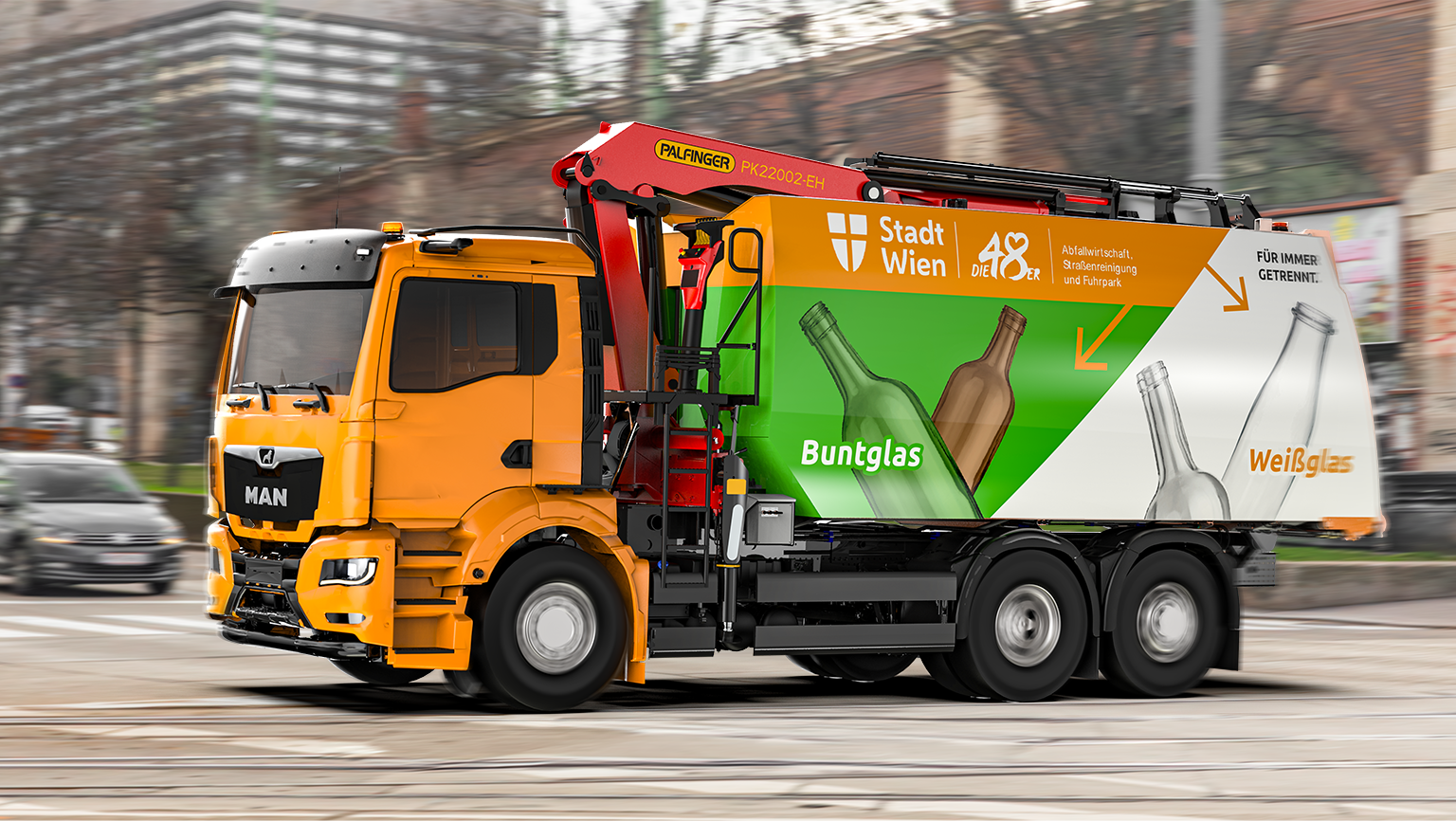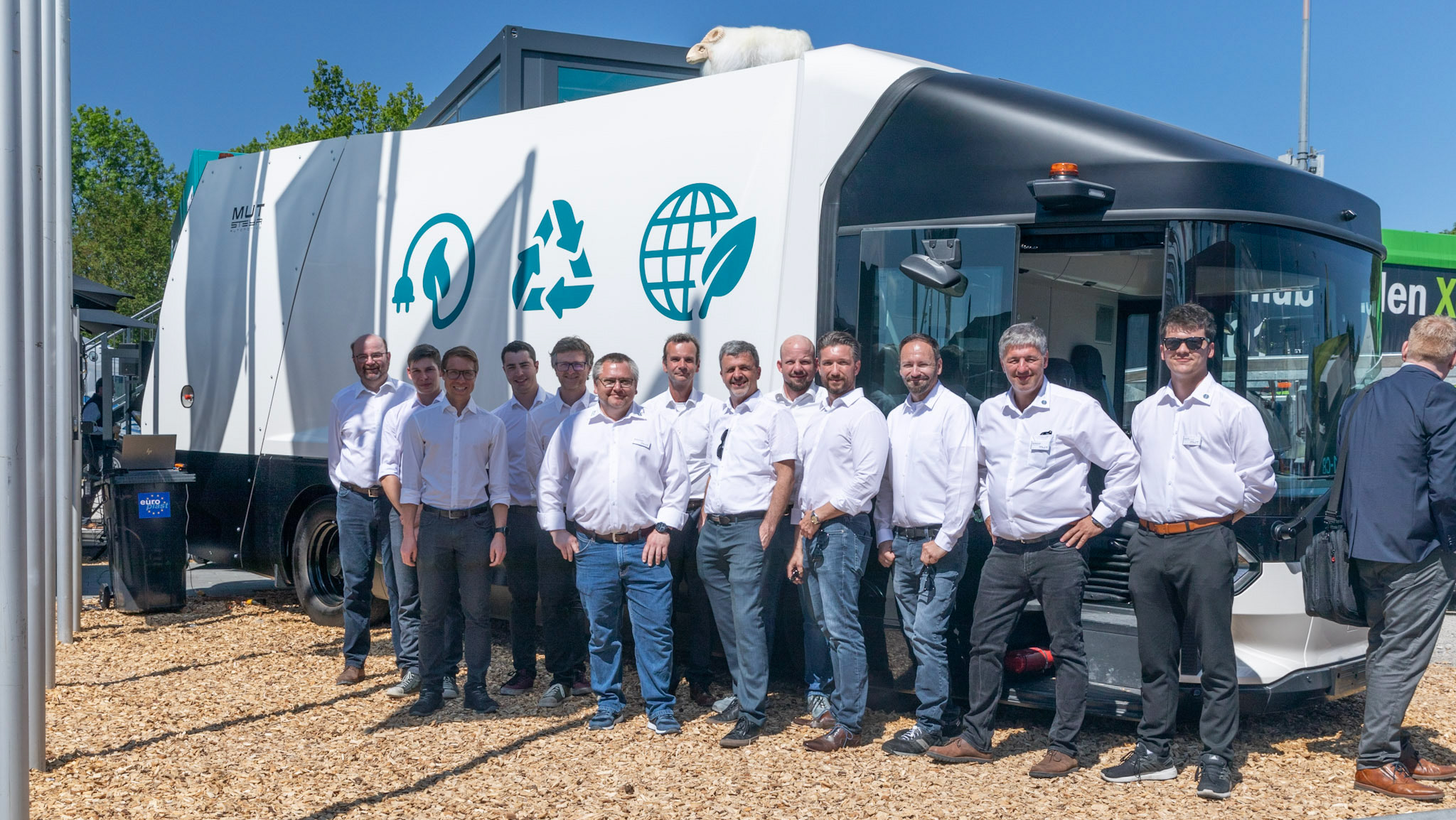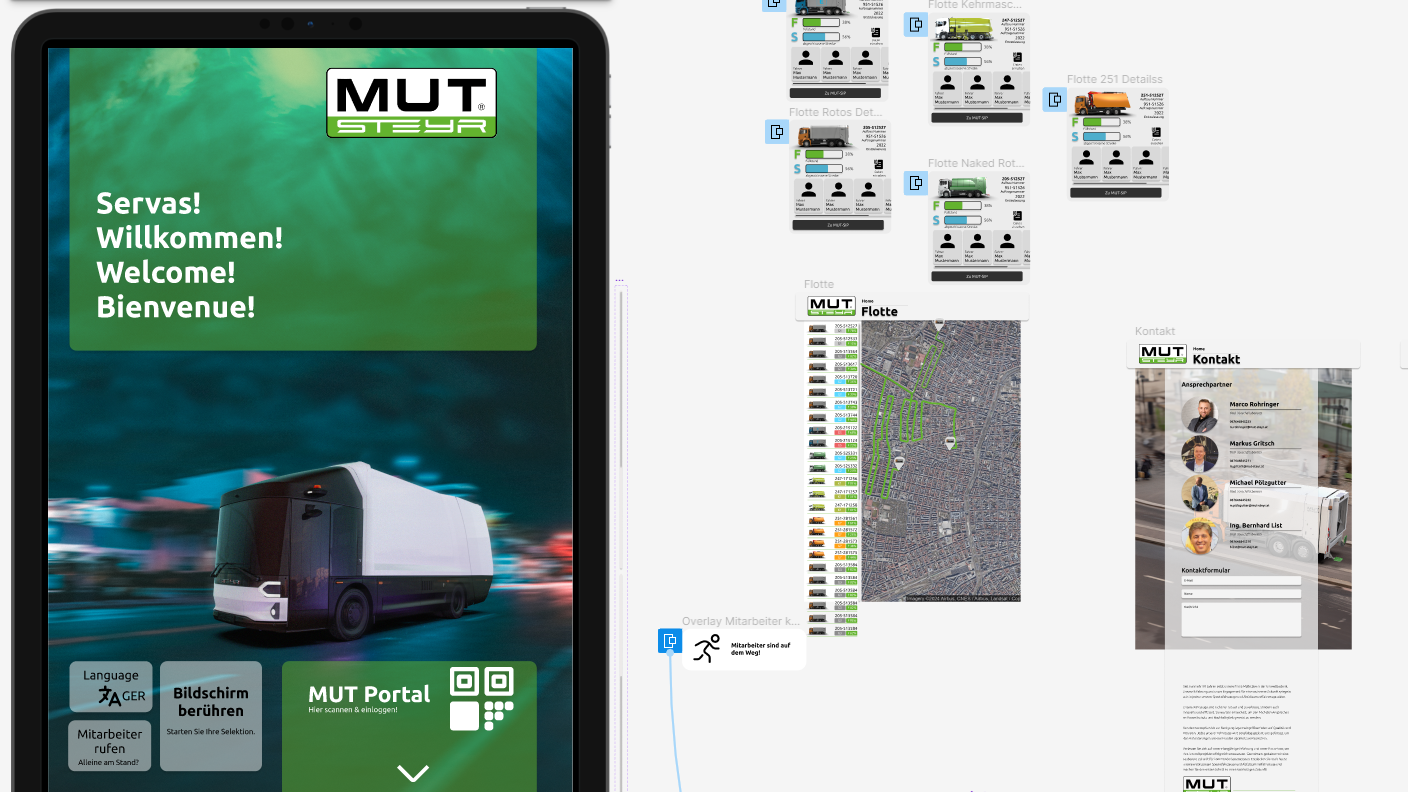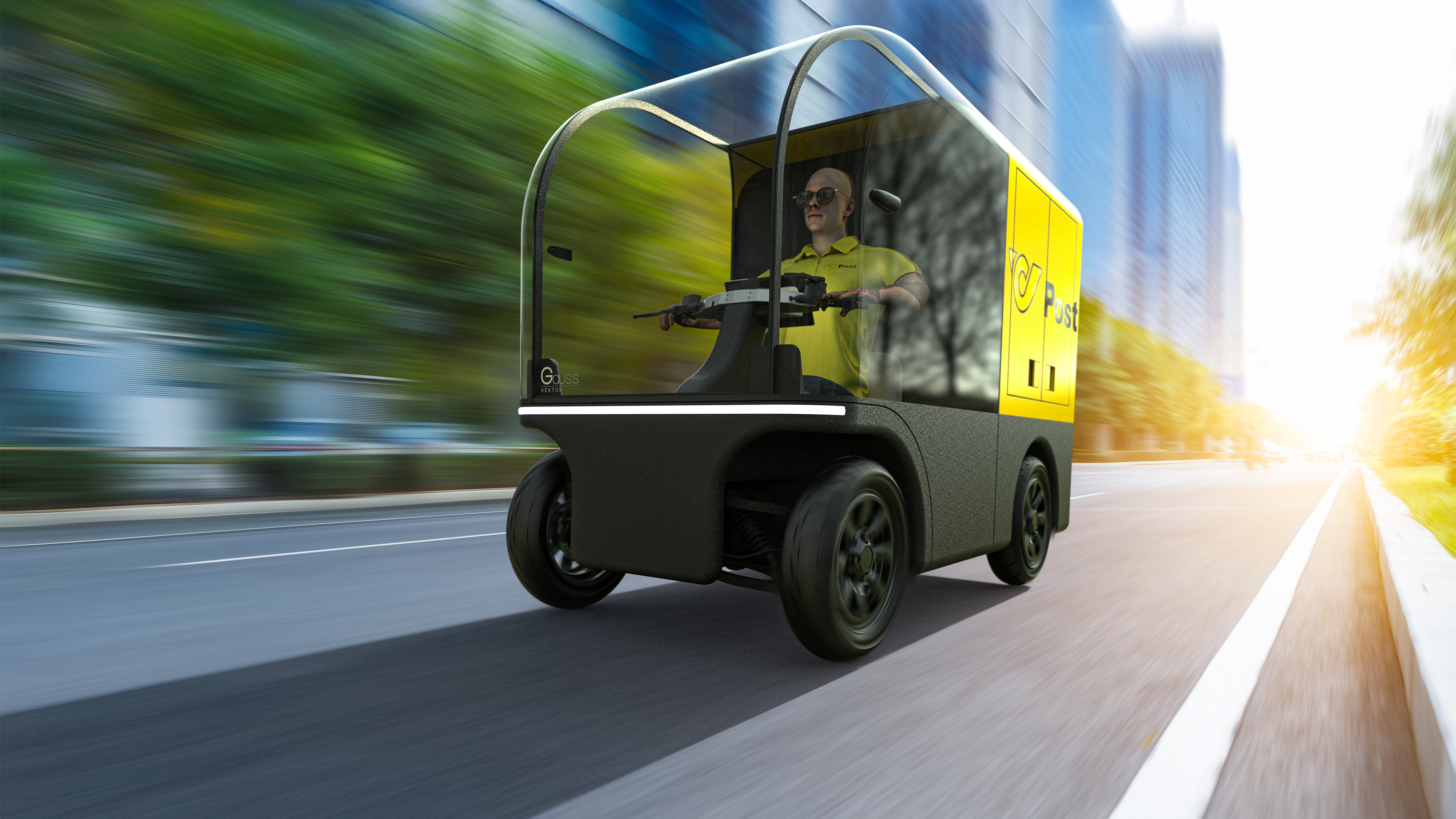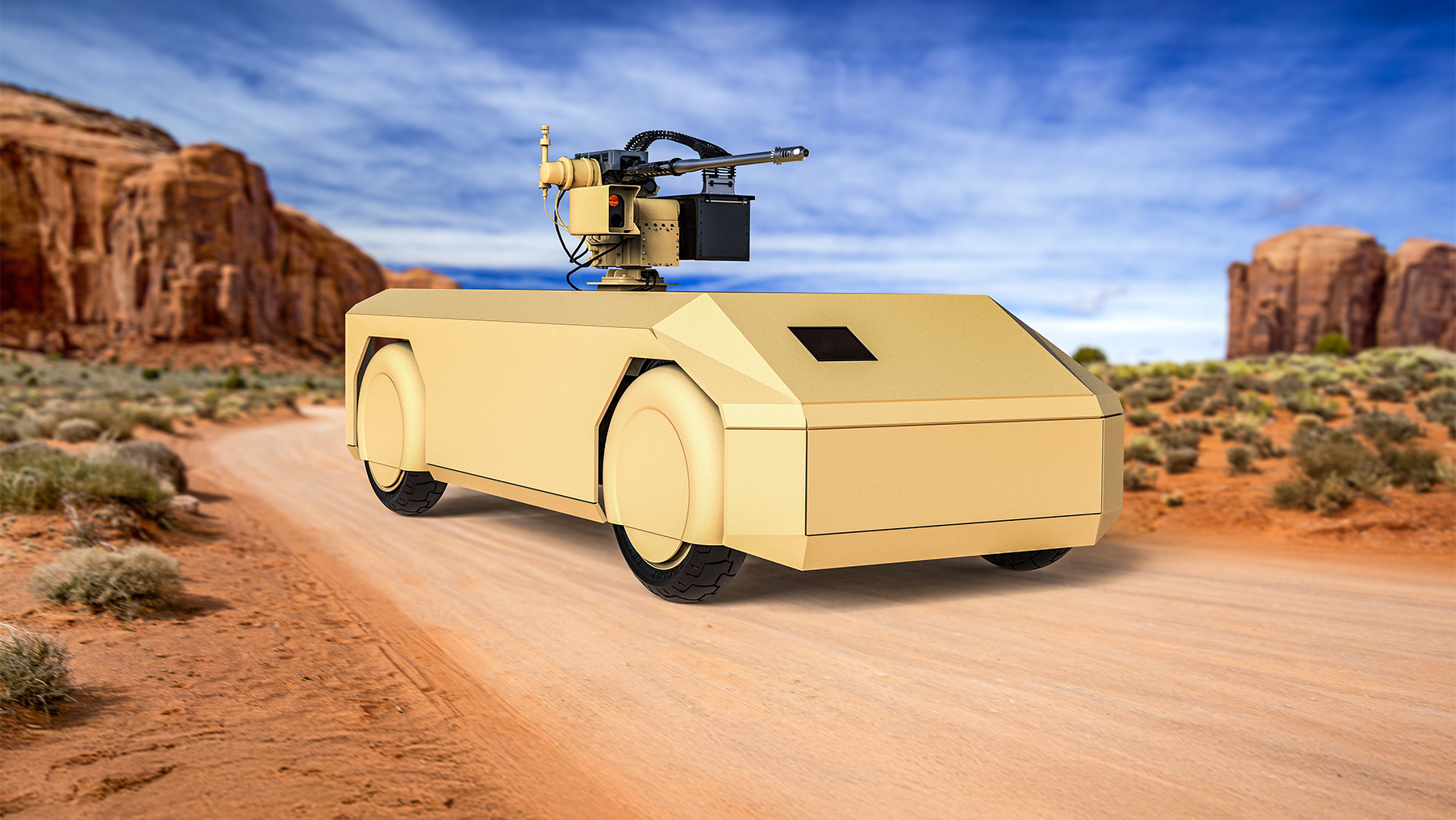At MUT, I took charge of reviving the visual identity of a classic: the ROTO garbage truck. This involved creating a full suite of visual assets — from clean line drawings to photorealistic 3D renderings. The goal? To bring an older vehicle model back into the spotlight. My visuals became the face of the truck at trade shows and in marketing materials, helping to present it in a fresh, modern light without losing its industrial edge.
This concept shows how an electric ROTO refuse vehicle could look and work — not just by electrifying the chassis, but by replacing traditional hydraulics with smarter, fully electric systems. The focus was on efficiency, noise reduction, and making the vehicle cleaner in every sense. Especially in cities, less oil and more control makes a big difference.
Rendering of a real customer vehicle with full branding. Visuals like this helped bring personalization into the spotlight. Instead of generic brochures, clients saw their truck in their colors. A simple move that made sales more personal, faster, and more effective.
Project 205 also explored multiple vehicle variants — from gas-powered units to full electric setups, including both chassis and body. Different container sizes, coverings, and layout options were visualized. Early steps toward a 3D-based configurator were already in motion: models could adapt automatically to parameters like volume or drivetrain, laying the foundation for a smarter, faster sales process.
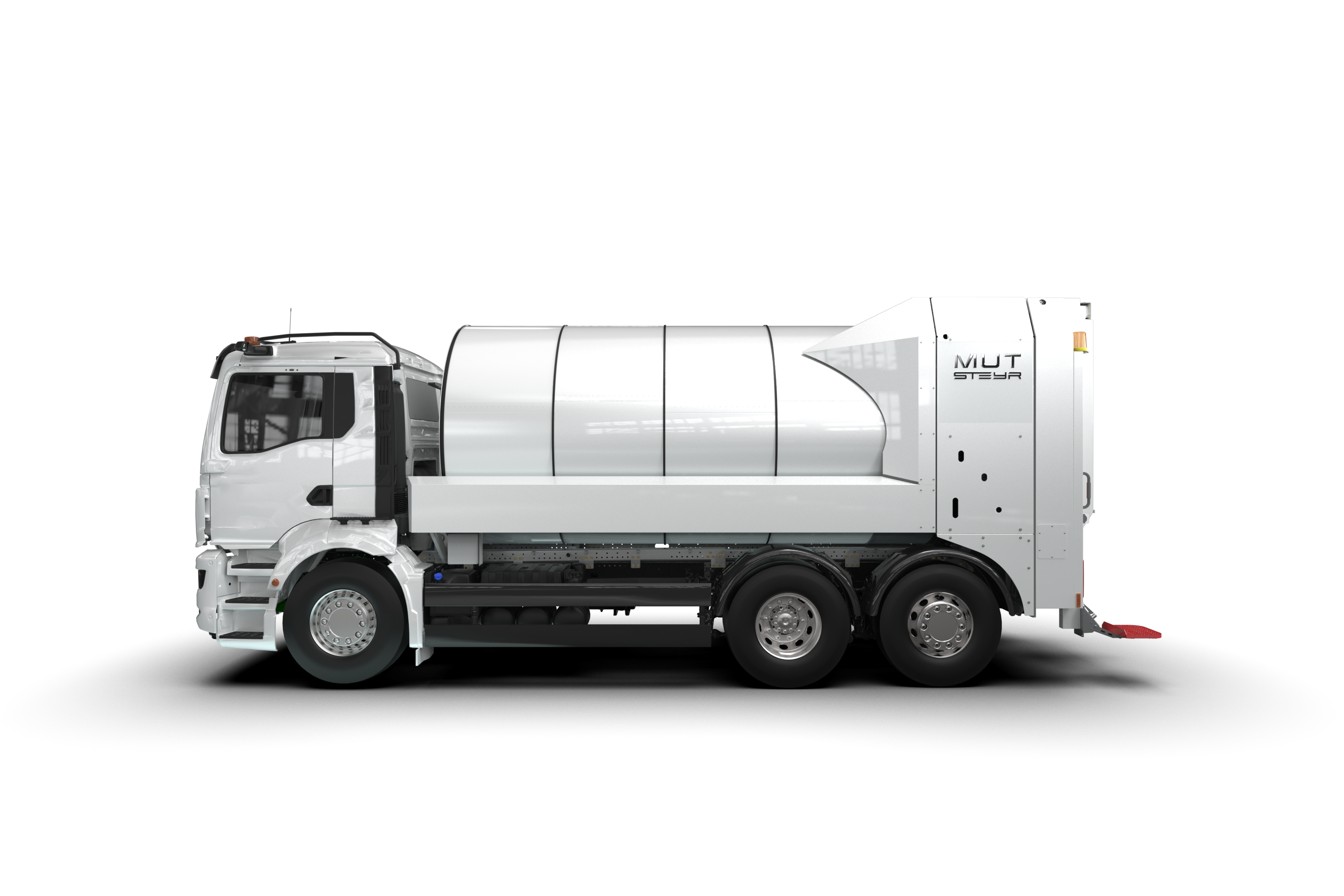
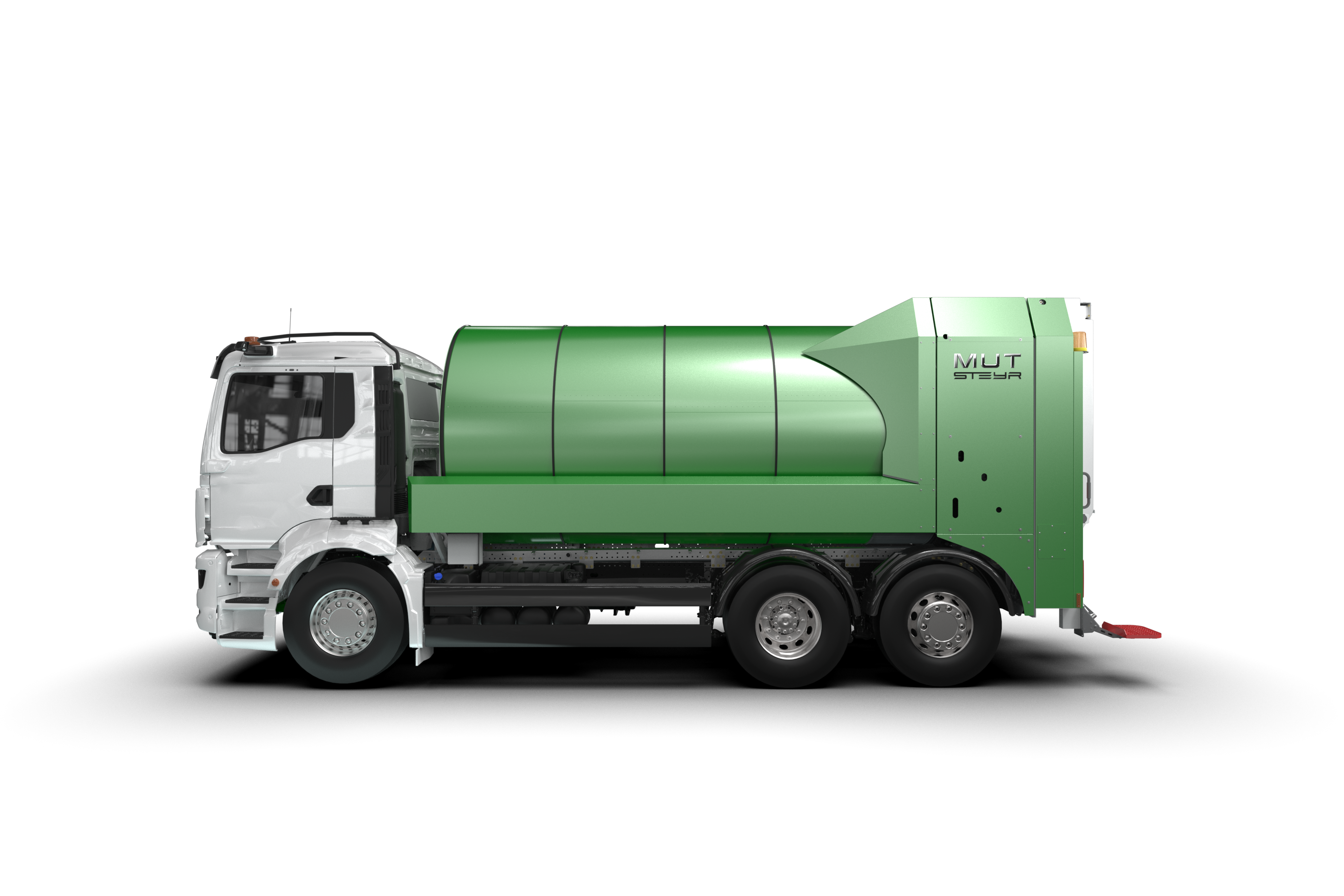
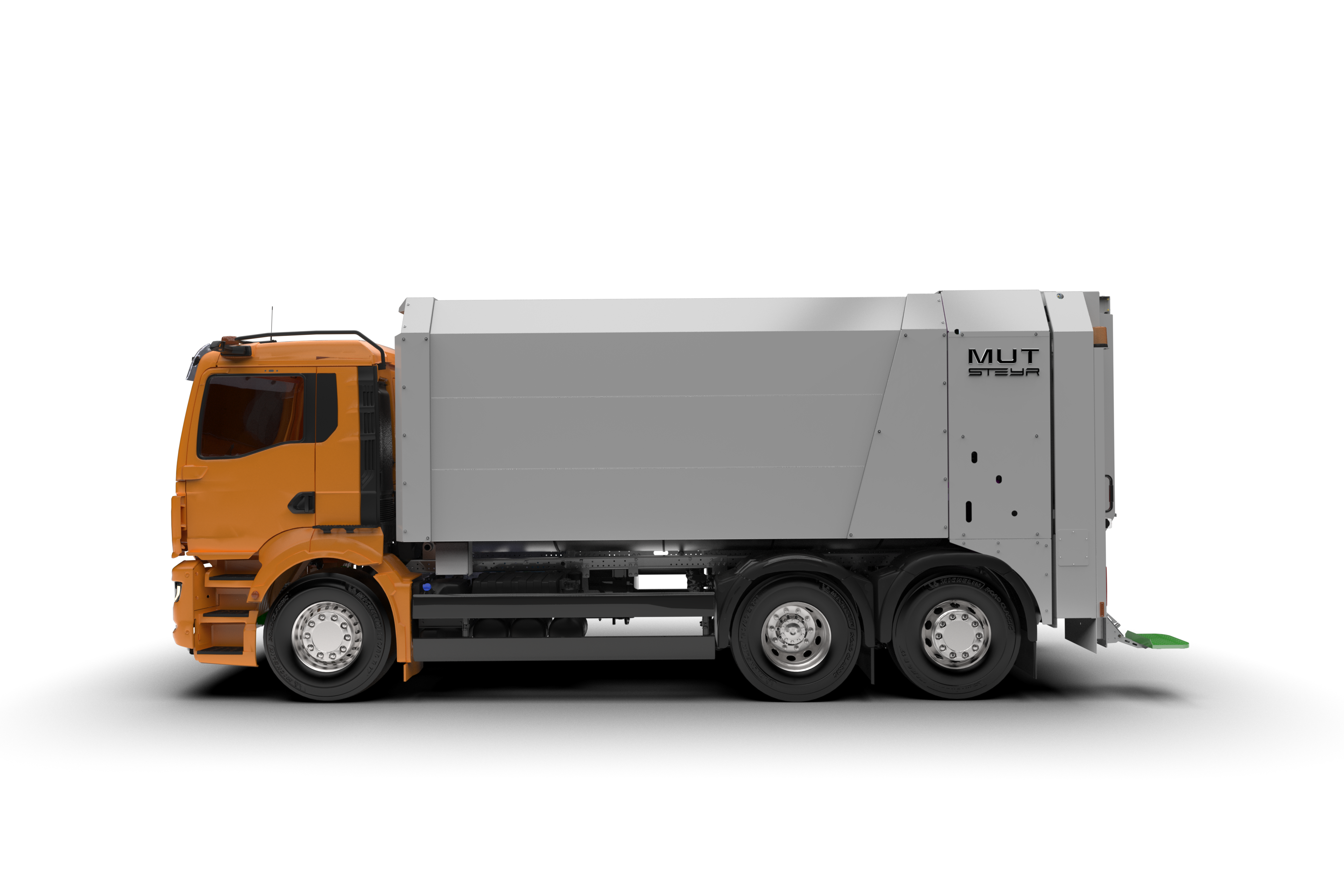
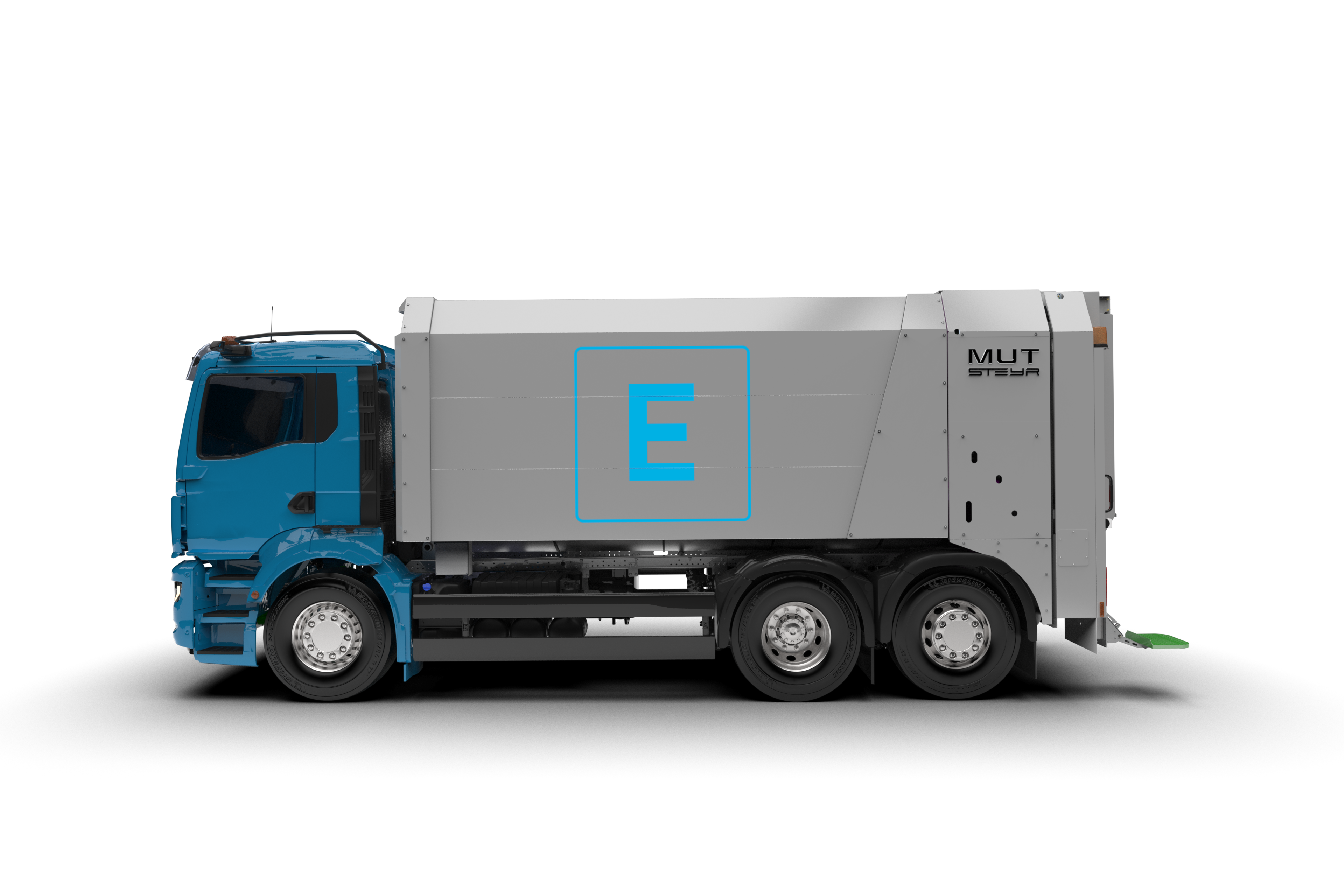
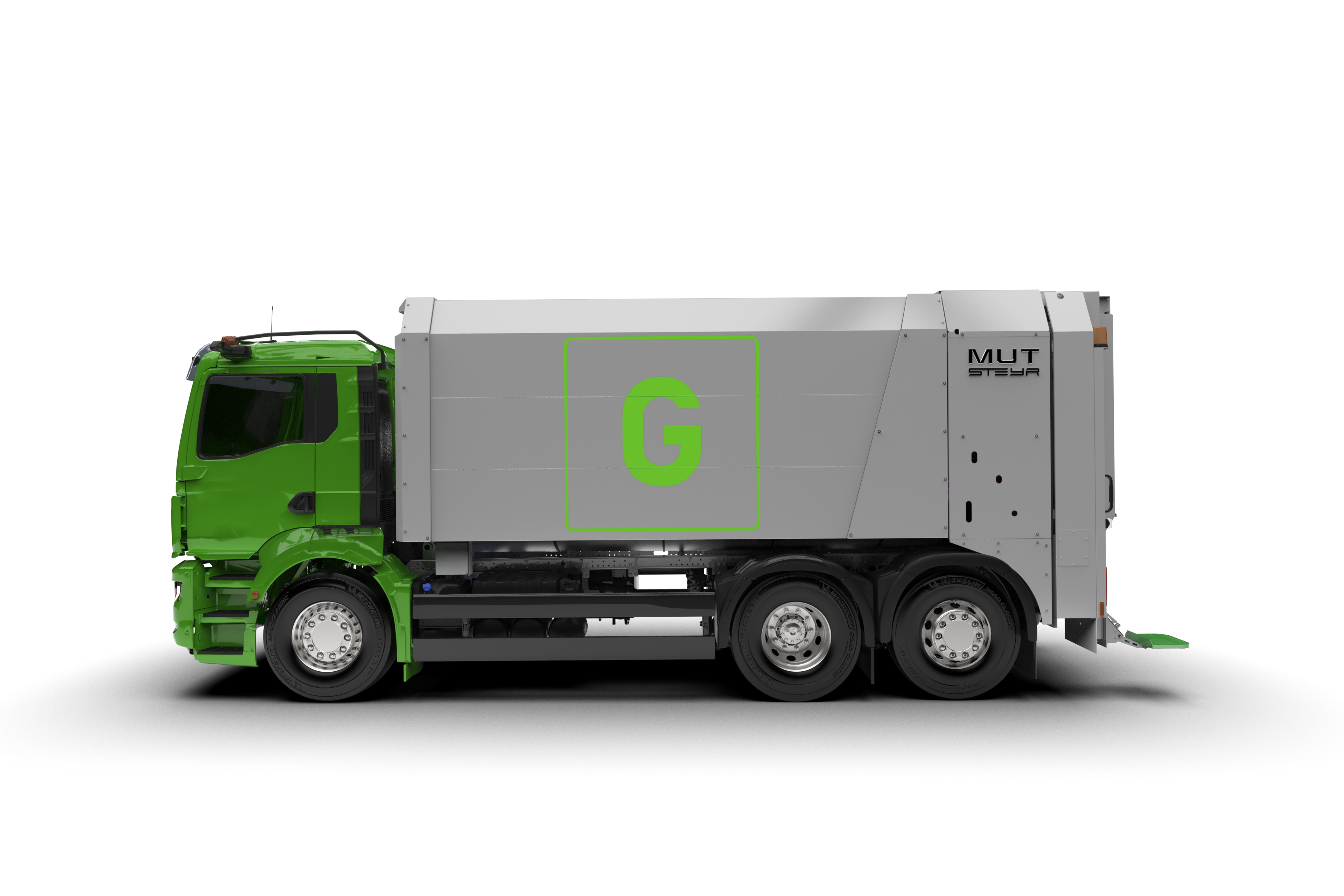
Originally created for early drafts and proposals, the wireframe renderings quickly proved their value in documentation. Used across user manuals, spare part lists, and assembly guides — especially for large documents with 100+ pages and just as many visuals. Lightweight, ink-friendly, and easy to print anywhere, they offered a clean alternative to full-color photography without losing clarity.
